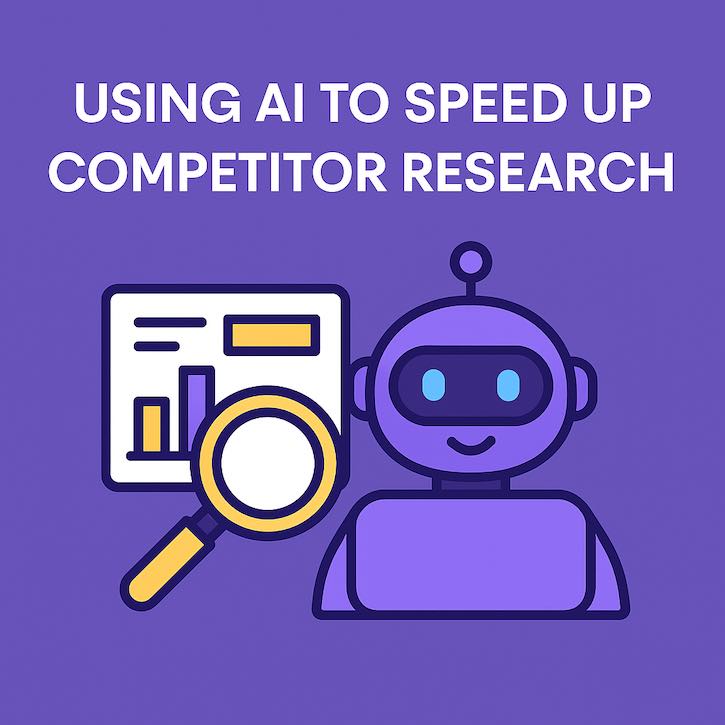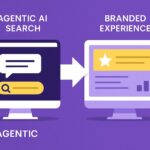Part 4 in our series: How Small and Midsize Businesses Can Use ChatGPT in Their Marketing
Keeping tabs on competitors has always been a cornerstone of smart marketing. But for small and midsize businesses, consistent research often falls by the wayside. It can feel like too many hours spent clicking through websites, combing through social posts, and trying to make sense of it all.
Enter large language models (LLMs) like ChatGPT.
These AI tools can quickly distill information, summarize competitor content, and help you see patterns without requiring an analyst on staff. In this post, we’ll show you practical ways to use AI to gather and organize competitor insights faster—and smarter.
What Competitor Research Can Tell You
Before we get tactical, let’s revisit why this work matters:
- Messaging – What value props and stories are competitors emphasizing?
- Content Strategy – What topics are they publishing (and how often)?
- Offers & Pricing – What incentives, bundles, or discounts are being promoted?
- Customer Sentiment – What reviews and testimonials reveal strengths or gaps?
- Channel Focus – Which platforms and tactics are working for them?
You don’t need a 100-page report. Even light but regular intelligence can help you sharpen your own marketing.
Where AI Comes In
AI isn’t going to crawl the web like a dedicated research tool (though it can integrate with browsing capabilities). But with the right inputs, ChatGPT can:
- Summarize competitor websites
- Rewrite messaging in plain language
- Compare multiple brands side by side
- Suggest strategic differentiators
- Draft SWOT analyses
Step-by-Step: How to Use ChatGPT for Competitor Research
✅ 1. Collect Raw Inputs
Before prompting, gather what you want AI to analyze. Examples:
- Website copy from a competitor’s homepage
- Recent blog posts or press releases
- Social media bios and pinned posts
- Customer reviews (from Google, G2, or Yelp)
✅ 2. Summarize Key Messaging
Prompt example:
“You are a marketing strategist. Summarize the main messages and differentiators in [this competitor’s website]. Present the summary in bullet points.”
✅ 3. Compare Brands Side by Side
Prompt example:
“Compare the messaging of Competitor A and Competitor B. What are the main similarities and differences? Present in a table.”
✅ 4. Generate a SWOT Analysis
Prompt example:
“Using this information, create a SWOT analysis for Competitor A.”
✅ 5. Identify Content Gaps and Opportunities
Prompt example:
“Based on this competitor’s blog topics, suggest five content themes we could focus on to stand out.”
Quick Tip: Stay Ethical
Never use AI to scrape or misuse private data. Keep your research to publicly available materials and focus on insights—not copying.
Example Use Case
Let’s say you run a specialty accounting firm for nonprofits. Here’s how this workflow might look:
- Gather competitor service pages, blogs, and LinkedIn posts
- Summarize each competitor’s positioning in bullets
- Compare side by side to spot gaps
- Ask ChatGPT to generate potential differentiators
- Draft a SWOT analysis and content gap list
All in about 30–60 minutes—far faster than doing it alone.
What’s Next in the Series
So far, we’ve covered how AI can help SMBs:
- How to write great prompts to get the best results from LLMs
- Creating full content calendars in minutes
Next, we’ll show how to Integrating AI tools with your marketing tech stack.
At verosidi, we help businesses design modern, scalable marketing operations that put the right tech—and the right people—to work on what matters. If you’re curious about how AI fits into your marketing stack, let’s talk.








Leave a Reply